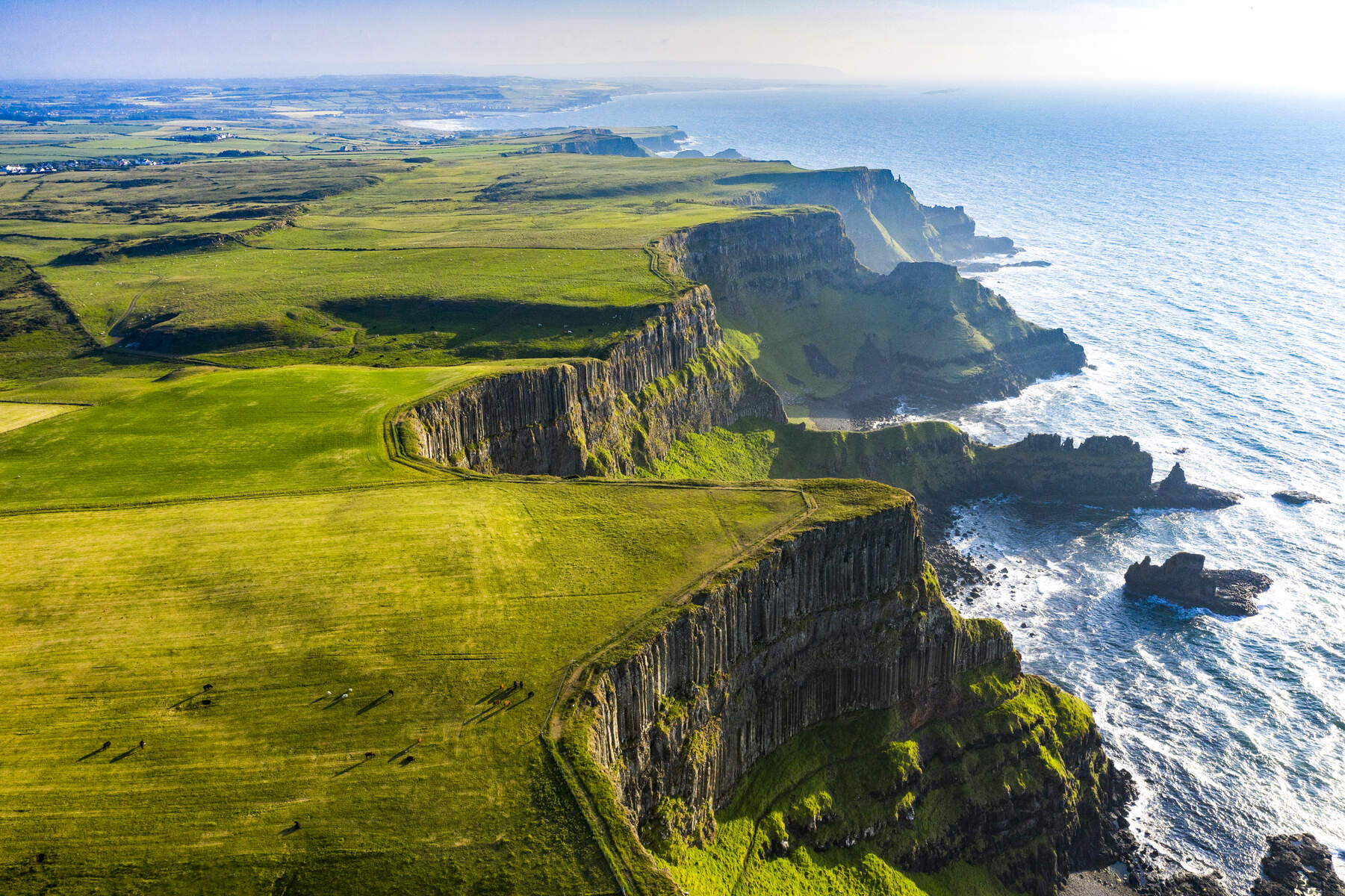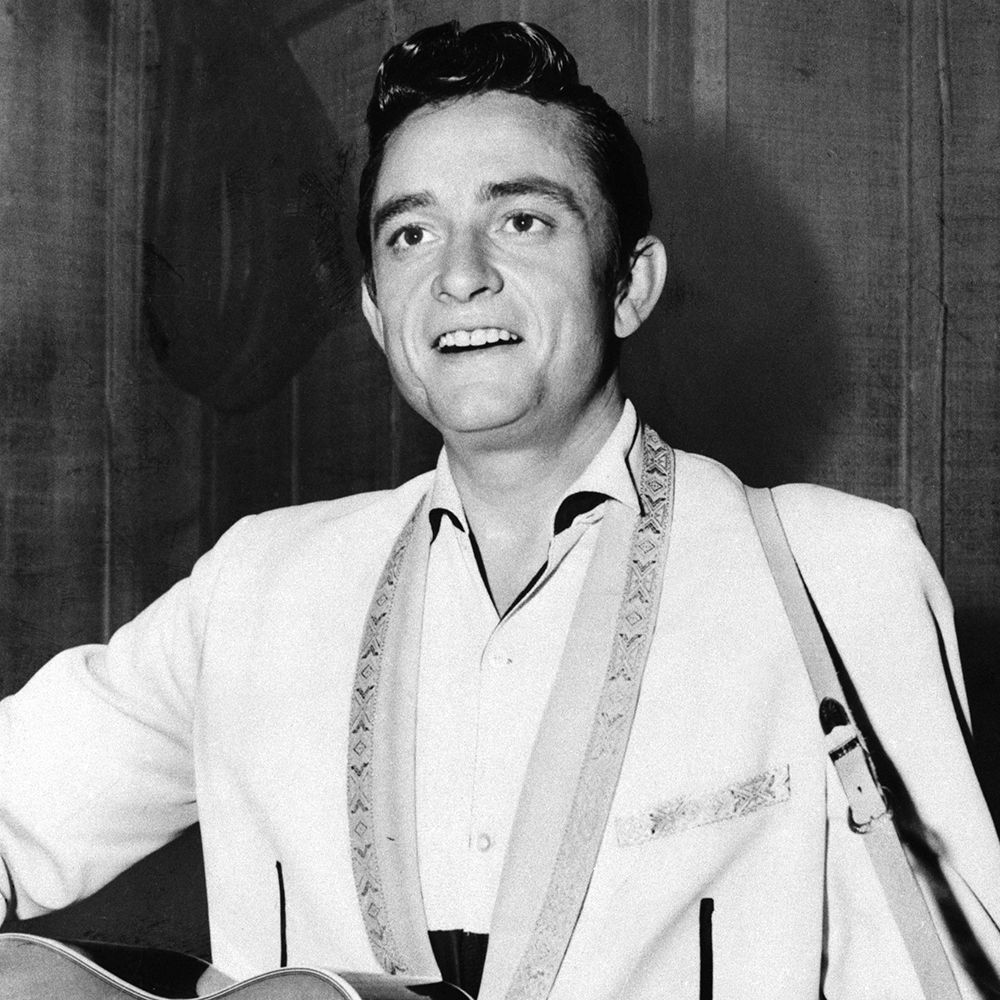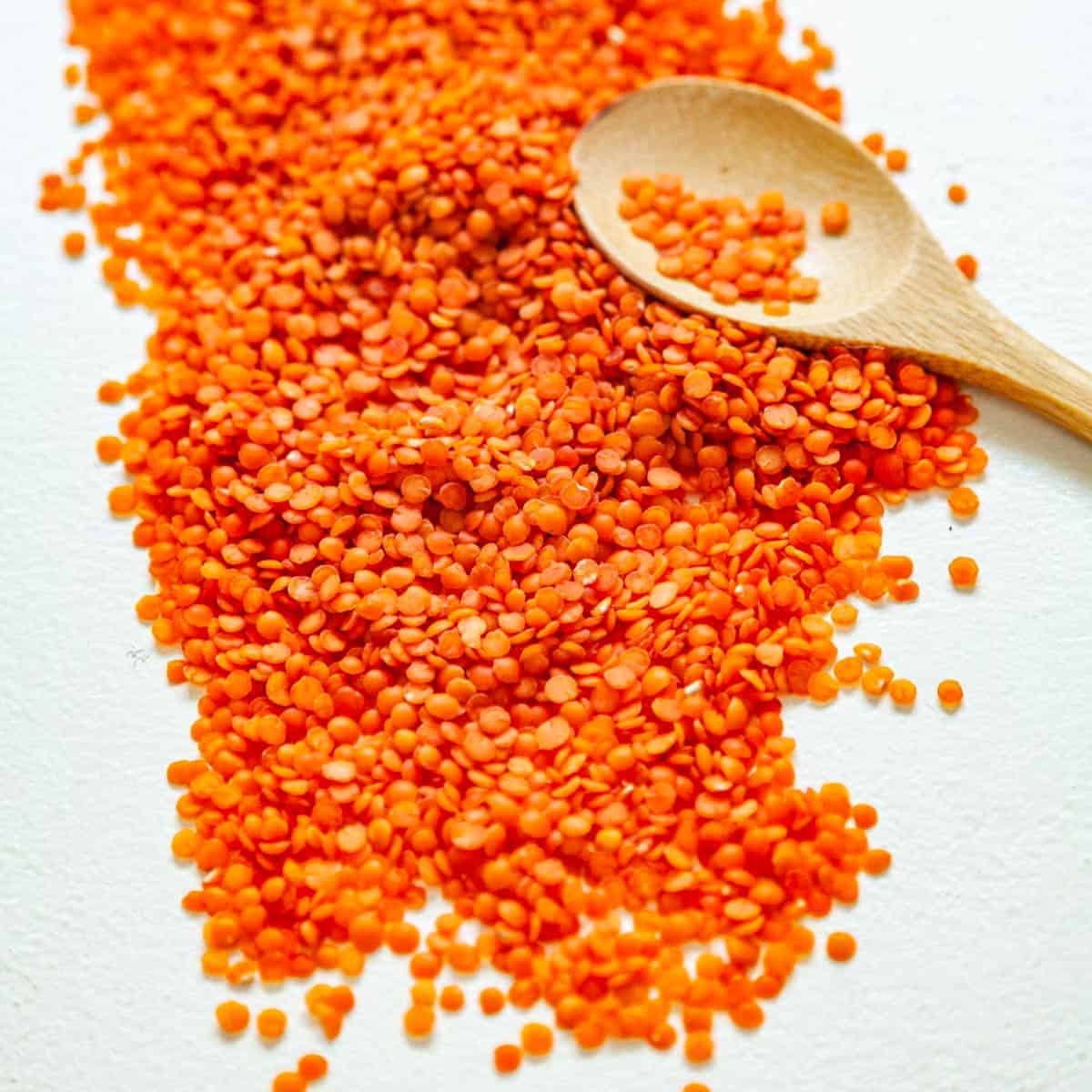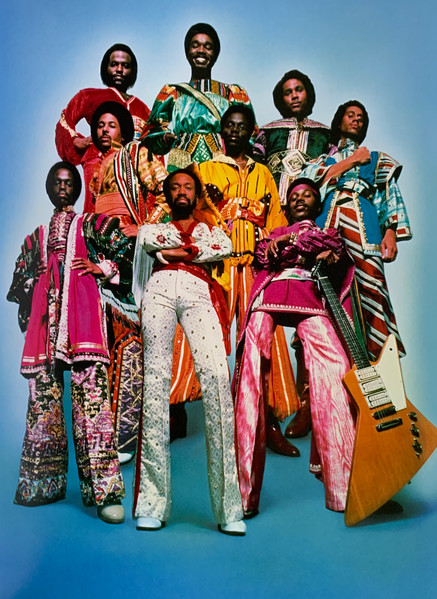A round, citrus fruit with a rind that protects a sweet, tangy, juicy, and segmented pulp.
Orange

 Nat King Cole
Nat King Cole
Orange Coloured Sky
What date is the National Day for Truth and Reconciliation or "Orange Shirt Day"?
September 30th
The National Day for Truth and Reconciliation, originally and still colloquially known as Orange Shirt Day, is a Canadian day of memorial to recognize the multi-generational effects of the Canadian Indian residential school system.
In 2021 the Canadian federal government passed Bill C-5, making September 30 a statutory holiday.
A North Atlantic Island nation that lies west of Great Britain whose people are known for their warmth, wit, and passion, often expressed through their love of music, sports, and strong sense of identity.
Ireland

For some Indigenous peoples, what land area does "Turtle Island" refer to?
The continent of North America

A large round fruit with a hard, yellow-orange rind and a large number of seeds. Often cultivated for their decorative appeal, especially for carving into jack-o'-lanterns, and for use in culinary dishes like pies.
Pumpkin


Johnny Cash
Ring of Fire
What is the slogan used in recognition of Orange Shirt Day?
A. Truth Still Untold
B. Every Child Matters
C. We Remember Them
B. Every Child Matters
This slogan is central to Orange Shirt Day, honoring the memory of children lost in residential schools and acknowledging that all children have value and importance.
A diverse South Asian country with the world's most populous democracy, known for its varied geography, from the Himalayan mountains and deserts in the north to tropical rainforests in the northeast.
India

This instrument acts as a powerful symbol of Indigenous identity and represents the heartbeat of Mother Earth
A Drum
A legume characterized by their vibrant reddish-orange color, mild sweet flavor, and quick cooking time. Due to their lack of outer skin, they break down into a creamy, soft consistency when cooked, making them ideal for dishes like soups, stews, and dals
Red Lentils

Patti LaBelle
Lady Marmalade
Phyllis Webstad, a Canadian residential school survivor, inspired what symbol now widely used in recognition of the National Day for Truth and Reconciliation?
Symbol of the Orange Shirt
In 1973, on her sixth birthday, Phyllis Webstad was given a new orange shirt by her grandmother. When she arrived at the St. Joseph residential school, her clothes, including the orange shirt, were taken from her.
In 2013, Phyllis Webstad shared her story, leading to the establishment of Orange Shirt Day to raise awareness about the residential school system.

A West African country with beach resorts, rainforests and a French-colonial legacy, also known as Côte d'Ivoire.
The Republic of the Ivory Coast
What are the three distinct Indigenous groups in Canada?
First Nations, Inuit, and Métis - These are distinct groups, each with unique histories, languages, cultural practices, and spiritual beliefs.
First Nations are descendants of the original peoples of North America.
Inuit are the Indigenous peoples of the Arctic regions of Canada.
Métis are a distinct people with unique cultural and ethnic identities, resulting from unions between Indigenous peoples and European settlers.
What is this fruit called?
:max_bytes(150000):strip_icc()/__opt__aboutcom__coeus__resources__content_migration__serious_eats__seriouseats.com__2020__10__20201020-persimmons-vicky-wasik-2-52b343a4c783453cb26ca6983ad9af83.jpg)
Persimmon
A sweet, bright orange-red fruit that originates from China but is grown worldwide, including in Canada. Known for its honey-like flavor and jelly-like flesh, persimmons are rich in vitamins A and C, fiber, and antioxidants.

Earth Wind and Fire
Evolution Orange
When did the last federally run residential school in Canada close?
A. 1945
B. 1971
C. 1996
C. 1996
In total, over 130 residential schools operated in Canada between 1831 and 1996.

The official national flag is red, white, and blue, but the color orange is strongly associated with the country due to the House of Orange, the royal family.
The Netherlands or Holland

In what year were Indigenous peoples granted the right to vote?
A. 1946
B. 1982
C. 1960
C. 1960
In March 1960, Prime Minister John Diefenbaker pushed the voting rights legislation through Parliament. It came into effect July 1 that year. First Nations people were given a conditional right to vote status at the time of Confederation in 1867, however to do so, they would have had to give up their treaty rights and Indigenous status.